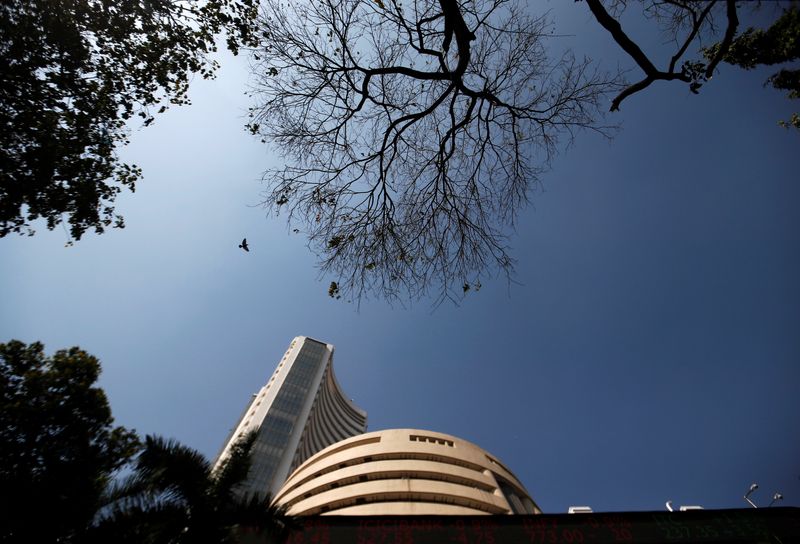The Indian stock market may have been buoyant over the past month, but there is still an element of nervousness. The surge in the broader market was led by large cap stocks, as investors preferred the relative safety of bluechips to mid- and small-caps. To some extent, it’s defensive buying at a time of global macro-economic turbulence. It’s also unusual, a trend reversal of sorts: Historically, small- and mid-caps tend to outperform when the Sensex and the Nifty rally.
Playing the waiting game
The BSE Sensex gained 7.6% over the past month to close at 60, 867 on Thursday. Call it value hunting, but bulls appeared to be relatively risk-averse, betting on blue chips and the better-known companies. Bargain hunting was seen in banks, non-banking finance companies, IT and auto stocks.

View Full Image
While the BSE Large Cap Index gained 7% between 3 October and 3 November, the BSE Mid Cap and BSE Small Cap have lagged, gaining 4.4% and 2.4% respectively. Meanwhile, global indices such as Dow Jones, DAX, Kospi and Nikkei have gained far more. It signals a fragile recovery in India, and the bulls may be biding their time.
You might also like
Indorama in race for PET film maker Polyplex
Margin pressures cast a chill over Voltas
How America’s war on prices hammers the world
Blackstone, Advent in talks to buy stake in Suven Pharma
Why the markets rallied over the past month
India remains an outlier of sorts in the global economy. In its World Economic Outlook, the IMF lowered India’s growth projections for 2022 by 0.6 percentage points to 6.8%, but it will still be the second-fastest growing major economy in the world. And in 2023, it’s projected to be the fastest-growing, expanding at 6.1%.
“Almost every country is slowing. In that context, India is doing better and is in a relative bright spot compared to other countries in the region,” Krishna Srinivasan, IMF’s director of Asia and Pacific department told PTI in an interview.
At the moment, the IMF seems to be suggesting a relatively soft landing for the US economy – it’s expected to clock 2.4% growth in 2022 and 1.1% in 2023. The Fed on Wednesday opted for a fourth straight 75 basis point hike amid stubbornly strong inflation and jobs data.
The market has also taken heart from across-the-board corporate revenue growth in Q2, though profits have remained under pressure due to higher input costs.
Why the bulls are cautious
The global economy will see turbulence over the next year or so. “The worst is yet to come, and for many people, 2023 will feel like a recession,” says IMF. While India is a domestic consumption-led economy, the employment-intensive merchandise exports sector will take heavy blow from a global recession.
It’s still far from clear how long central banks will continue to tighten monetary policy, with inflation remaining elevated in many pockets of the world. The RBI has hiked repo rates four times since April, but inflation was way above its comfort zone at 7.4% in September. An erratic monsoon has put pressure on food prices, and more rate hikes are likely, though they are likely to be more calibrated. “Over-tightening is more likely when central banks act in an uncoordinated fashion,” warns the IMF report.
Meanwhile, a weak rupee will put pressure on energy costs, though a recessionary global environment will cool commodity prices.
Elsewhere in Mint
In Opinion, Himanshu argues why theRBI is not solely responsiblefor inflation. Indira Rajaraman writes about thedubious ability of the Nobel Peace Prize to foster peace. Ramin Jahanbegloo writes aboutIran’s experiment with Gandhian ideas. Long Story delves into therising sea of spam in your phone.
Download The Mint News App to get Daily Market Updates.
More
Less
















